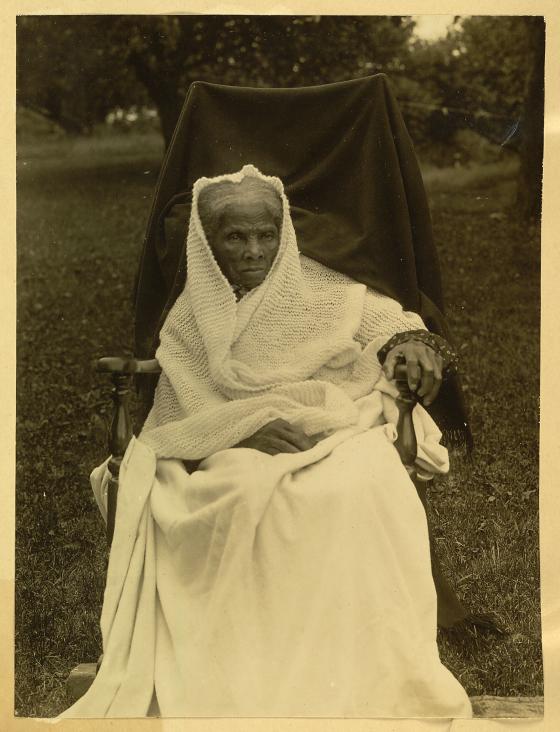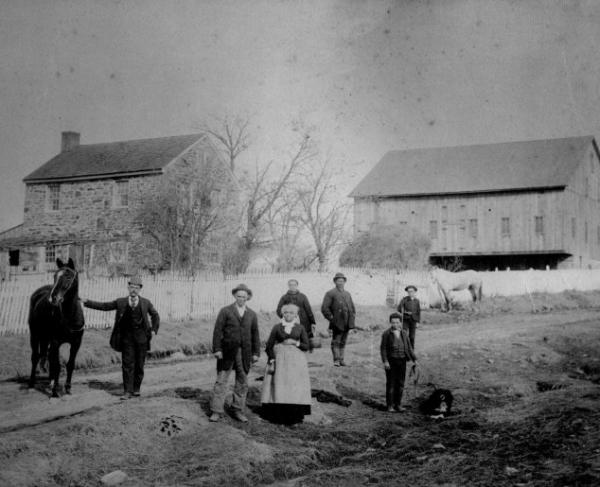
Fact #1: Tubman was born into slavery in Eastern Maryland sometime between 1820 and 1821.
Because of the cruelty of her various masters, she desired to somehow escape from bondage from a very early age, and free others as well. She would later recall, "I had seen their tears and sighs, and I had heard their groans, and would give every drop of blood in my veins to free them."
Fact #2: As a child, she received a severe head injury.
As she was doing errands, an overseer tried to stop a runaway slave by throwing a two-pound weight at him. He hit Tubman instead, who was standing nearby the runaway, and caused her skull to crack, which affected her health for the rest of her life, often in the form of seizures.
Fact #3: After escaping from slavery, she returned to Maryland in 1850 as an Underground Railroad “conductor.”
She chose to do so after hearing her niece was soon to be auctioned off. She would go on to rescue over 70 other slaves until the outbreak of the Civil War, and did not fail a single rescue. It was during this time she acquired her nickname "Moses."

Fact #4: She employed numerous disguises on her first successful attempt to escape from slavery.
She often would pretend to be a field hand by walking around with chickens, or as a house-servant when she stayed at the home of an abolitionist couple. One notable disguise she used was pretending to read a newspaper to allay suspicion, as she was known to be illiterate. She employed spirituals and songs as coded messages to her followers.
Fact #5: Tubman joined the Union army as a nurse, but also acted as a scout and spy behind enemy lines.
Despite her efforts and general fame, she was only able to acquire a nurse’s pension after the war ended.
Fact #6: One of the most famous missions she took part in was the raid on Combahee Ferry in South Carolina.
During this raid, she worked with Union Colonel James Montgomery to free over 700 slaves at once.

Fact #7: At one point after the war, her financial situation became so dire, she fell prey to a gold smuggling con.
The incident and cause surrounding it provoked outrage and many of her friends and acquaintances rallied to support her in response.

Fact #8: Like many other high-profile women of her time, she became heavily involved with promoting women’s suffrage with figures like Susan B. Anthony.
Though it may have sunk her further into poverty, she frequently traveled to give speeches on the topic in Washington D.C. and New York City.
Fact #9: She underwent brain surgery in the 1890’s to alleviate the headaches she had suffered for most of her life.
Inspired by soldiers she had seen going through surgery during the war, she refused anesthesia for the operation.
Fact #10: Tubman died in the Home for the Aged she herself had founded.
Harriet Tubman died on March 10, 1913 at the rest home named in her honor in Auburn, New York. She was buried with military honors in the Fort Hill Cemetery in Auburn, which also included such figures as Secretary of State William Seward.

Learn More: Harriet Tubman
